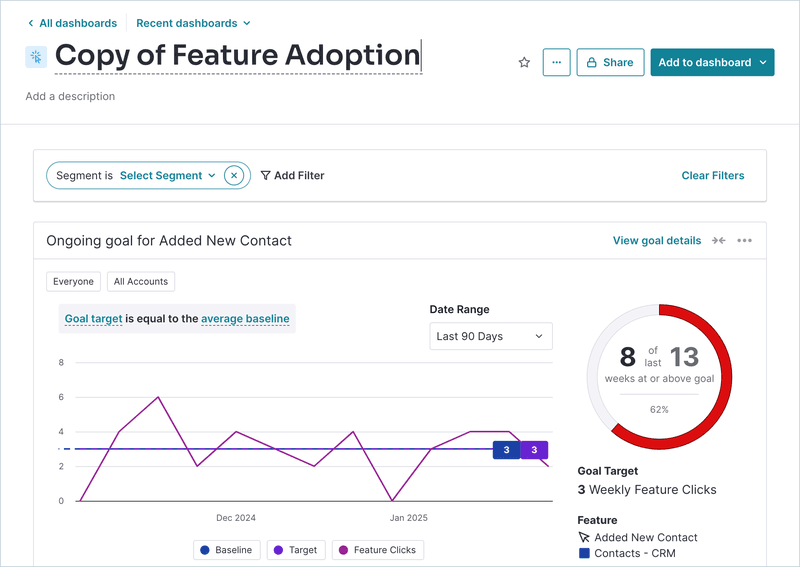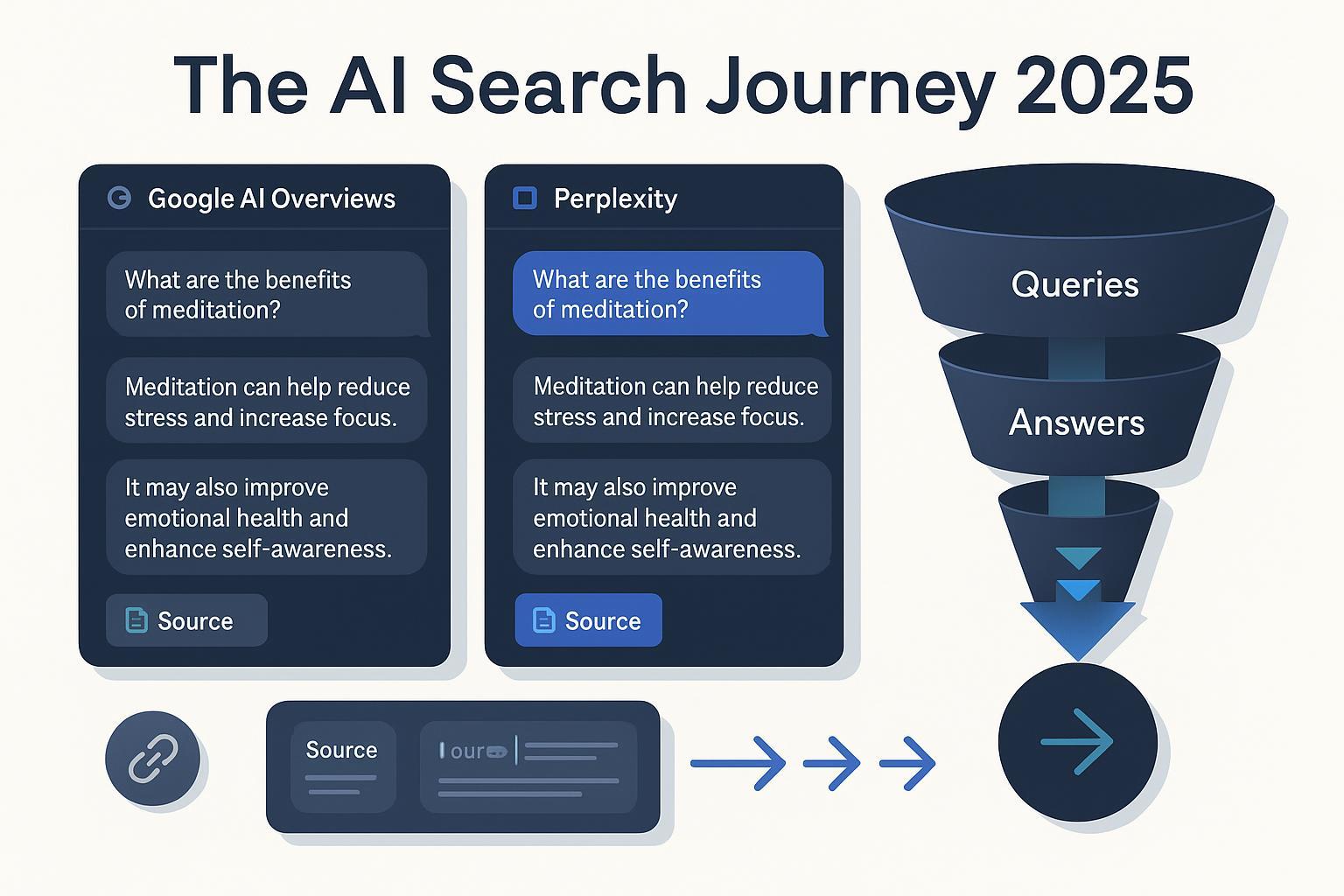Have you ever wondered what makes people click on certain Google results and ignore others? Understanding Google user behavior can unlock powerful insights that help you get noticed online.
When you know how users search, what they expect, and how they interact with results, you can tailor your content to meet their needs exactly. This isn’t just about getting traffic—it’s about attracting the right visitors who are ready to engage with your site.
Keep reading, and you’ll discover simple yet effective ways to use Google user behavior to boost your online presence and stand out from the crowd.
Google User Behavior Insights
Understanding Google user behavior is key to improving website performance. It shows what users want and how they act online. This knowledge helps create better content and design pages that meet user needs.
Google tracks many actions like what users search, where they click, and how long they stay. These insights guide SEO strategies and help websites rank higher. Let’s explore some important patterns in user behavior.
Search Intent Patterns
Search intent reveals why users type certain words into Google. Some want quick answers, others look to buy or explore topics. Recognizing intent helps create content that fits user goals. Informational, navigational, and transactional searches are common types. Matching content to these types boosts relevance and traffic.
Click-through Rate Trends
Click-through rate (CTR) shows how many users click a link after seeing it. High CTR means the title and description attract attention. Users often pick the first few results on the page. Clear and catchy titles increase CTR. Understanding trends helps optimize snippets and improve ranking.
Dwell Time Impact
Dwell time is how long users stay on a page after clicking. Longer dwell time signals good content to Google. It means users find the page useful and engaging. Short visits may indicate poor content or slow pages. Improving dwell time helps boost search rankings and user satisfaction.

Credit: userpilot.com
Key Seo Metrics Influenced By Users
User actions on a website shape key SEO metrics. These metrics help search engines decide a site’s ranking. Understanding them guides better site design and content choices.
Tracking user behavior shows what works and what needs change. It also improves the experience for visitors. Below are important SEO metrics influenced by users.
Bounce Rate Effects
Bounce rate measures visitors who leave after one page. A high bounce rate may signal poor content or slow loading. Search engines see this as less valuable. Lower bounce rates mean users find what they want.
User Engagement Signals
User engagement includes clicks, time on site, and scroll depth. More engagement means users like the content. Search engines use these signals to rank pages higher. Good engagement shows content relevance and quality.
Conversion Rate Importance
Conversion rate tracks how many users complete a goal. Goals can be sign-ups, purchases, or downloads. High conversion rates mean effective content and design. Search engines favor sites that meet user needs well.
Optimizing Content For User Behavior
Understanding Google user behavior helps improve your content. Users want quick answers and clear information. Optimizing content to match their needs boosts engagement and rankings. This means focusing on how users search, read, and interact with pages.
Good content meets user intent and keeps them on your site longer. It also reduces bounce rates and increases shares. Below are key ways to optimize content for user behavior.
Crafting Relevant Keywords
Choose keywords that match what users type in search. Use simple terms and common phrases. Think about questions users ask and include those in your text. Avoid stuffing keywords; keep the flow natural. Place keywords in titles, headings, and early in paragraphs.
Improving Readability
Write short sentences and use common words. Break text into small paragraphs and use bullet points. Use headings to guide readers through the content. Avoid jargon or complex expressions. Clear text helps users find answers faster and stay on the page.
Enhancing Visual Elements
Add images, charts, or videos to support your message. Visuals make content easier to understand and more engaging. Use descriptive alt text for images to help search engines. Make sure visuals load quickly and fit well on mobile devices.
Technical Seo Adjustments
Technical SEO adjustments help websites work better for users and search engines. These changes improve how fast pages load, how easy a site is to use on phones, and how search engines read site content. Making these updates guides users to find information quickly and keeps them on your site longer.
Site Speed Enhancements
Site speed is key for user satisfaction. Slow pages make visitors leave. Compress images and use caching to reduce load times. Minimize code like CSS and JavaScript. Fast sites rank better and keep users engaged.
Mobile Usability Factors
More people browse on phones than computers. Sites must look good on small screens. Use responsive design so pages adjust to any device. Buttons should be easy to tap. Text must be large enough to read. Mobile-friendly sites attract and keep visitors.
Structured Data Implementation
Structured data helps search engines understand page content. It adds code that describes products, reviews, and events. This can show rich snippets in search results. Rich snippets draw clicks and improve visibility. Use schema markup for clear and simple data tagging.
Leveraging Analytics Tools
Using analytics tools helps understand how users interact with your website. These tools collect data on user actions. This data reveals patterns and behaviors. You can improve your website by analyzing this information.
Analytics tools give clear insights into user behavior. They show how visitors move through your site. This knowledge helps create better user experiences. It also boosts website performance and engagement.
Tracking User Journeys
User journeys map the steps visitors take on your site. Analytics tools track clicks, page views, and time spent. This shows which pages attract users and which do not. Tracking journeys helps identify popular content and navigation paths.
Identifying Drop-off Points
Drop-off points show where users leave your site. Analytics tools highlight these exit pages. This information reveals problem areas or confusing content. Fixing drop-off points can keep visitors longer on your site.
Adjusting Strategies Based On Data
Data guides decisions about website changes. Analytics results show what works and what does not. You can improve content, design, and calls to action. Adjusting strategies based on data leads to better results and happier users.

Credit: geneo.app
Future Trends In User Behavior And Seo
The future of user behavior and SEO is shifting quickly. People use the web in new ways every day. Search engines must adapt to these changes. Understanding these trends helps websites stay visible and useful.
Users want fast, easy, and natural ways to find information. Technologies like voice assistants and AI shape how people search. Search engines update their algorithms to give better results. These trends will guide SEO strategies in the coming years.
Voice Search Influence
Voice search is growing fast. Many users speak to their devices instead of typing. This changes how search queries are formed. People ask longer, more conversational questions. SEO must focus on natural language and question phrases. Local searches through voice also increase. Optimizing for voice means using clear, simple answers on websites.
Ai And Personalization
Artificial intelligence helps search engines understand user intent. AI learns from past searches and user behavior. This allows more personalized search results. Users see content tailored to their interests and needs. SEO should create content that meets specific user questions. Personalization also means tracking user preferences and devices. Content must be relevant to different audience segments.
Evolving Search Algorithms
Search engines update algorithms often to improve results. These changes affect how websites rank. Algorithms now focus on user experience and content quality. Mobile-friendliness, page speed, and security are key factors. SEO must follow these rules to keep good rankings. Understanding algorithm updates helps adapt strategies quickly. Staying current with changes keeps a website competitive.

Credit: www.youtube.com
Frequently Asked Questions
What Influences Google User Search Behavior Most?
Google user behavior is mainly influenced by search intent, relevance, and page speed. Users prefer quick, accurate answers tailored to their needs. Mobile optimization also plays a key role in user engagement and satisfaction during searches.
How Do Users Interact With Google Search Results?
Users typically scan titles and snippets quickly before clicking. They favor top-ranking results and often refine queries if unsatisfied. Rich snippets and featured snippets boost interaction by providing immediate answers.
Why Is Mobile Behavior Critical For Google Searches?
Mobile devices account for over half of Google searches. Mobile-friendly sites enhance user experience and improve rankings. Users expect fast loading times and easy navigation on smartphones.
How Does Google Analyze User Behavior For Rankings?
Google uses metrics like click-through rate, bounce rate, and dwell time. These signals help Google assess content relevance and quality. Better user engagement often leads to higher search rankings.
Conclusion
Understanding Google user behavior helps improve website success. Users prefer fast, clear, and easy-to-navigate pages. They often scan content instead of reading all words. Mobile devices play a big role in searches today. Knowing what users want guides better content and design.
This knowledge helps attract and keep visitors longer. Keeping user habits in mind boosts your site’s performance. Simple changes can lead to better user experience and results. Stay aware of trends to meet users’ needs well.

